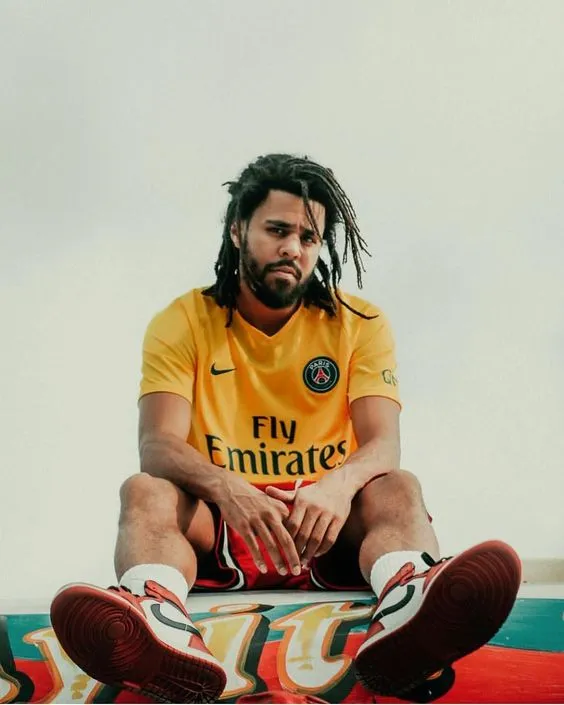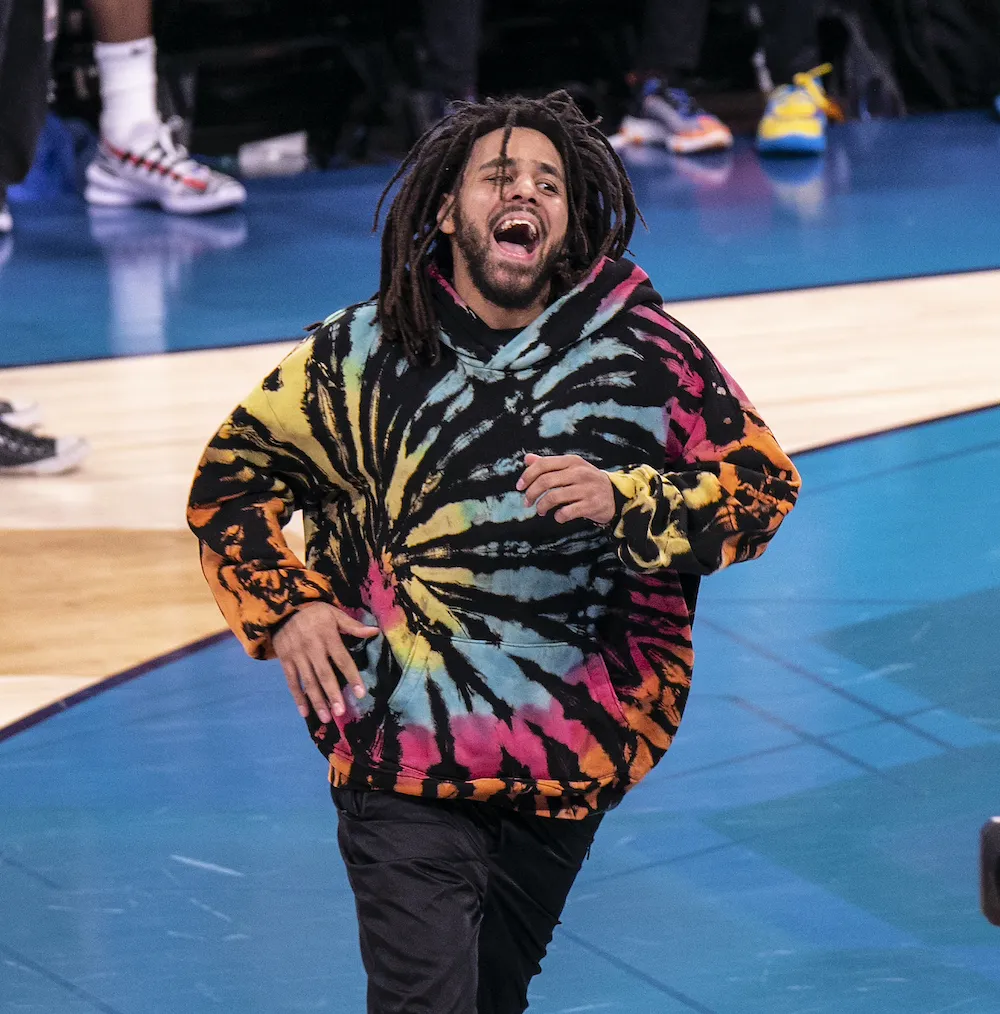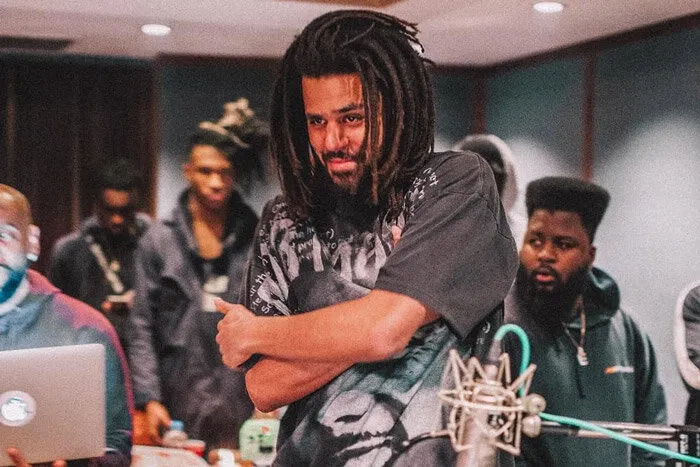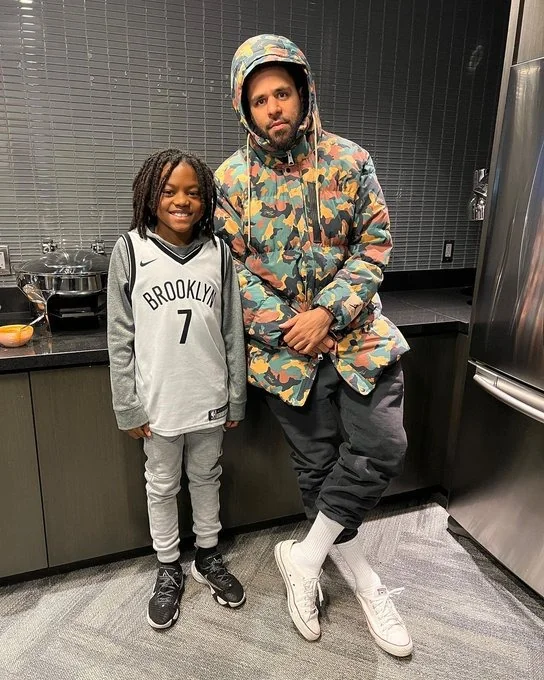. Cole, one of hip-hop’s most influential artists, has long been known for his unique approach to music and his dedication to his fans. One of his most remarkable and unconventional strategies was the “Dollar & a Dream” tour, where tickets were sold for just $1. Despite the low ticket price, J. Cole has managed to generate millions from this initiative, showcasing his innovative business acumen and deep connection with his audience.

The “Dollar & a Dream” tour was conceived as a way to give back to J. Cole’s loyal fan base and make his concerts accessible to everyone, regardless of their financial situation. By pricing tickets at just $1, he ensured that even those who might not typically afford concert tickets could experience his live performances. This approach not only solidified his fan loyalty but also created an immense buzz around his shows.

But how does a $1 concert translate into millions in revenue? The answer lies in several strategic moves and the broader impact of the tour:
- Merchandise Sales: While the tickets were just $1, J. Cole capitalized on the opportunity to sell exclusive tour merchandise at the venues. Fans, thrilled to attend a nearly free concert, were more likely to purchase memorabilia, which often had higher profit margins than the concert tickets themselves.

- Sponsorship Deals: The massive hype and media coverage generated by the “Dollar & a Dream” tour attracted numerous sponsors. Brands eager to associate with J. Cole’s innovative and fan-centric approach provided substantial financial backing, significantly boosting overall revenue.

- Increased Album Sales and Streaming: The tour’s unique concept and the subsequent media attention led to a surge in J. Cole’s music sales and streaming numbers. Fans who attended the concerts often shared their experiences on social media, driving new listeners to explore his music catalog, resulting in increased royalties.

- Brand Loyalty and Long-Term Gains: By investing in his fans through affordable concert tickets, J. Cole built a stronger, more dedicated fan base. This loyalty translated into long-term financial gains, as fans continued to support his future projects, concerts, and merchandise.
- Viral Marketing: The novelty of a $1 concert created a viral marketing effect. The excitement and word-of-mouth promotion around the tour saved on advertising costs and attracted a broader audience, amplifying the tour’s overall success.
- Exclusive Content: Some of the concerts were recorded and later released as exclusive content, whether through live albums, documentaries, or special streaming events. This content generated additional revenue and kept the tour’s momentum alive long after it concluded.